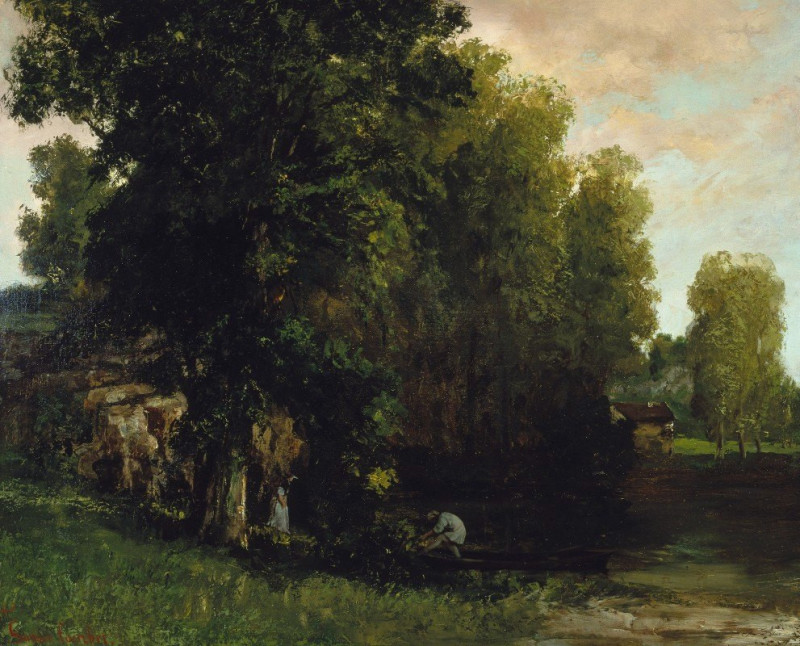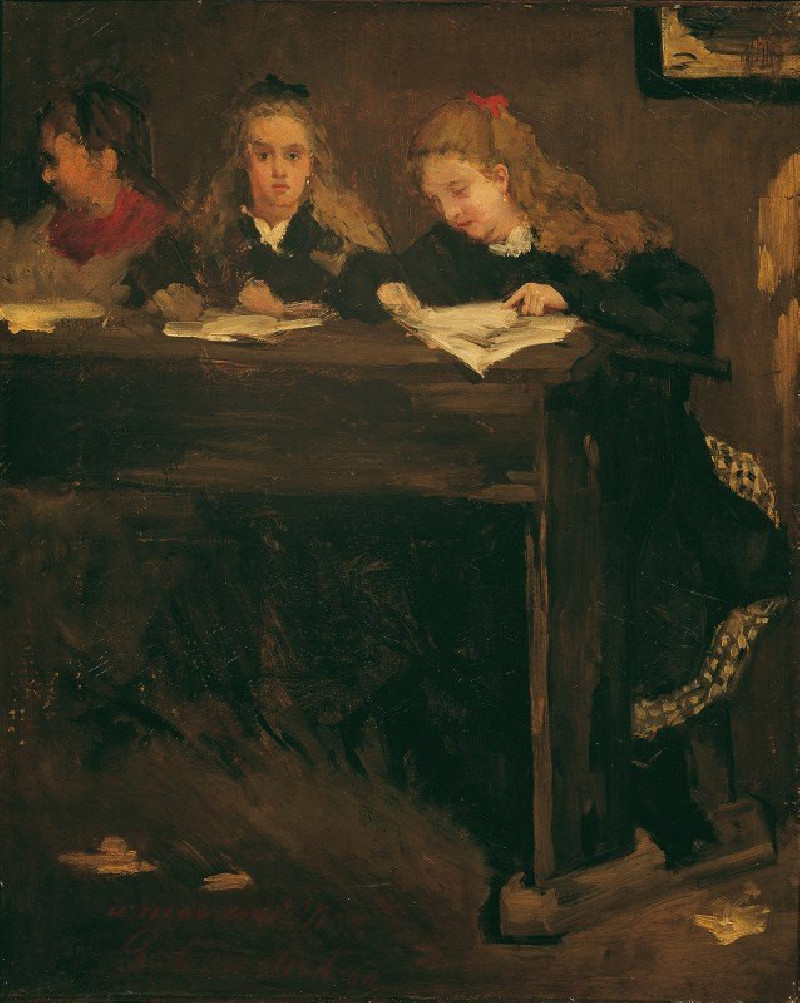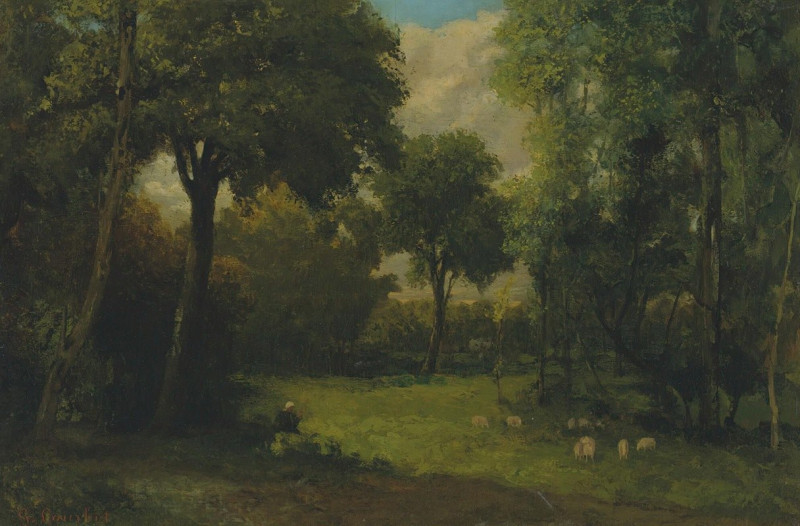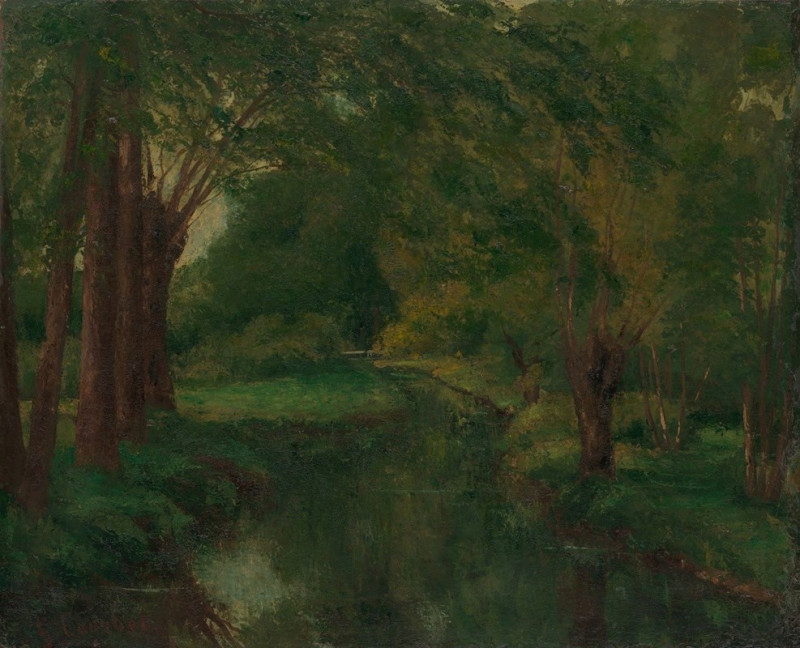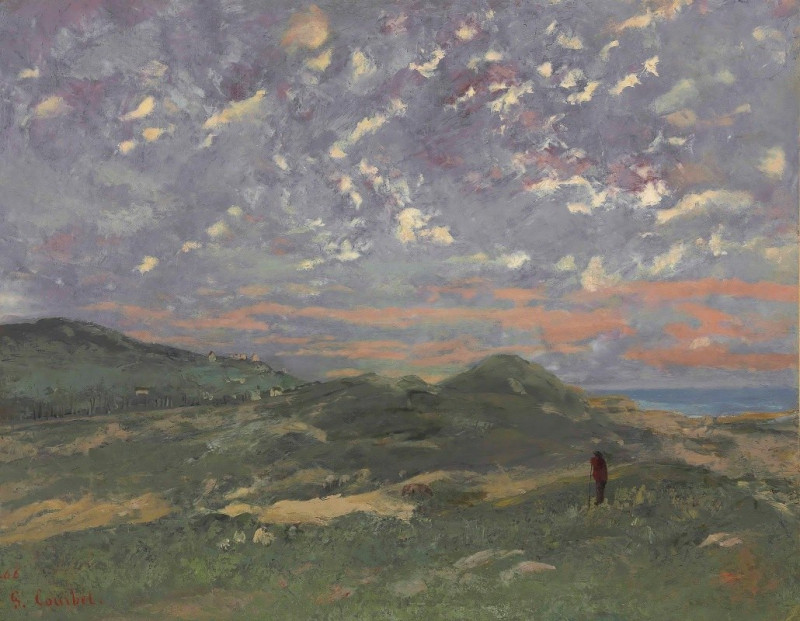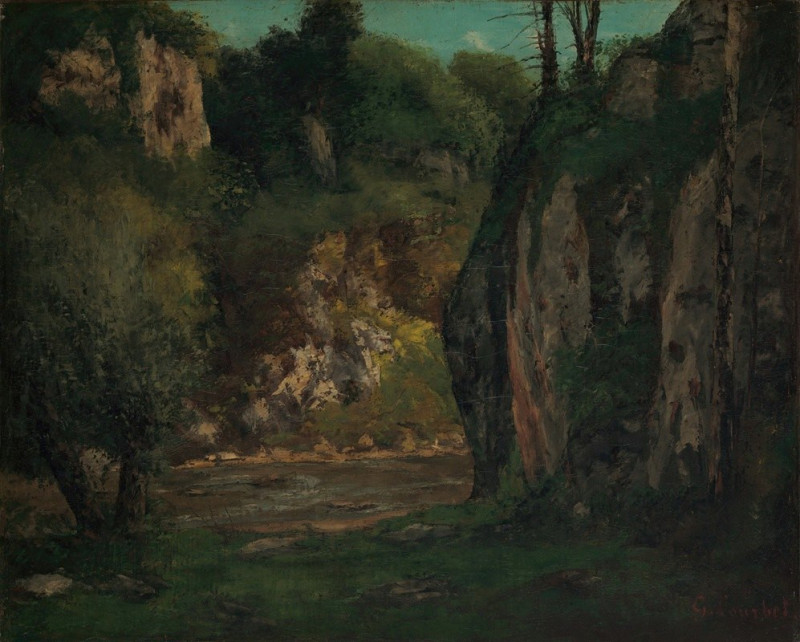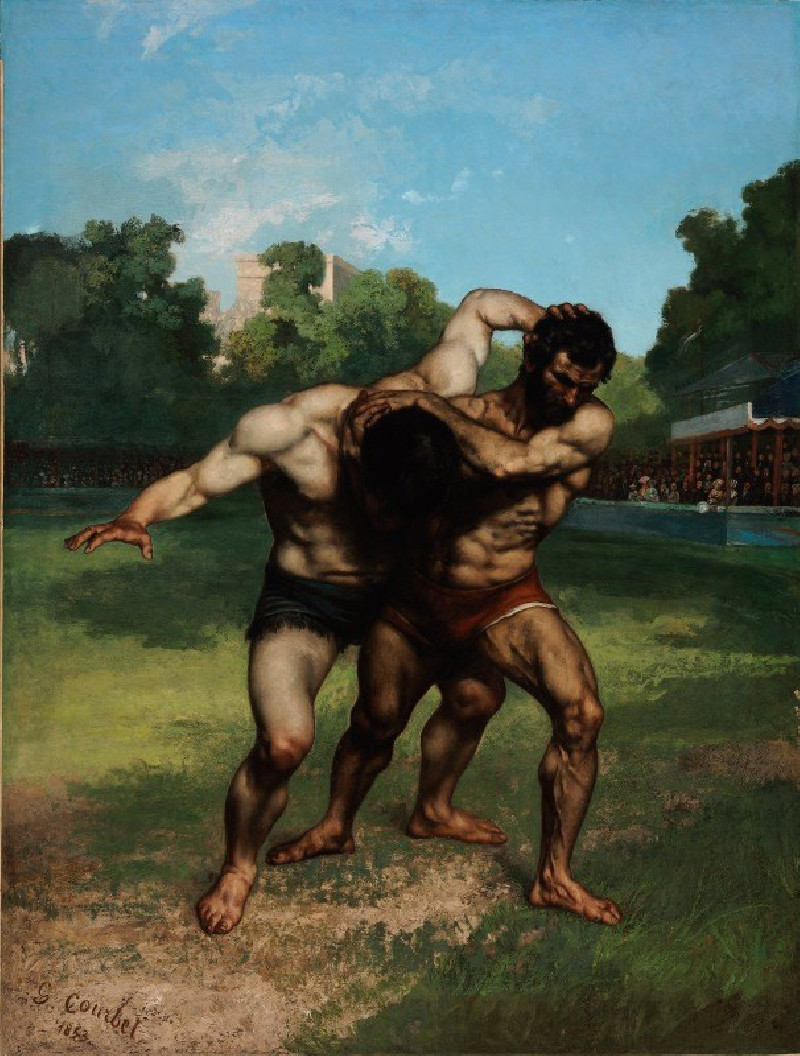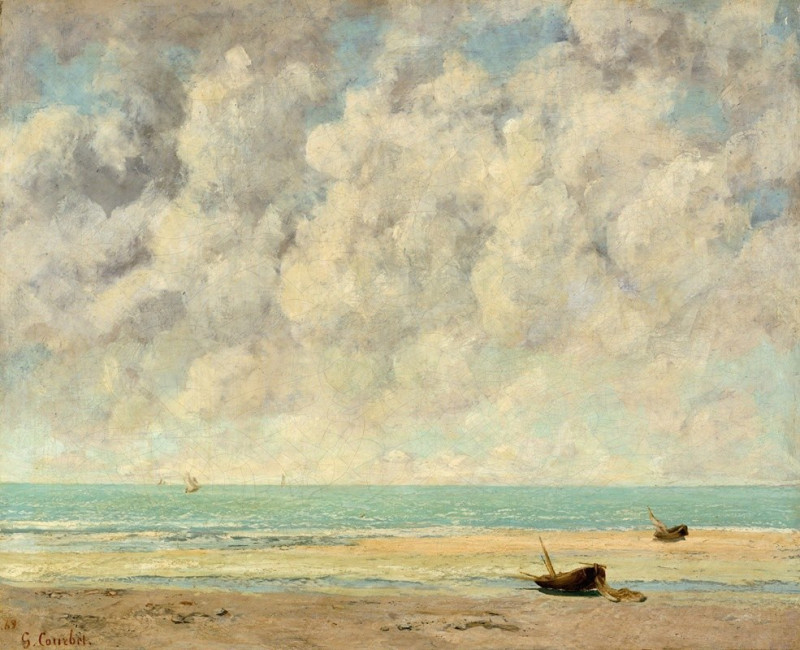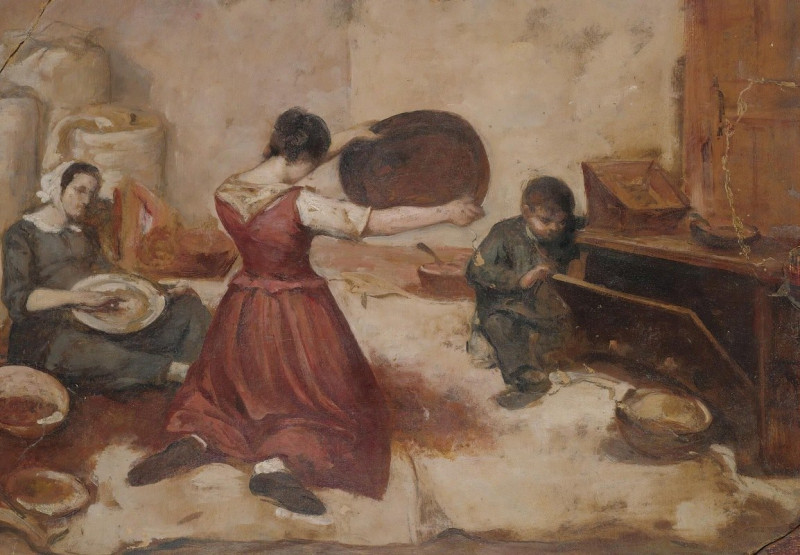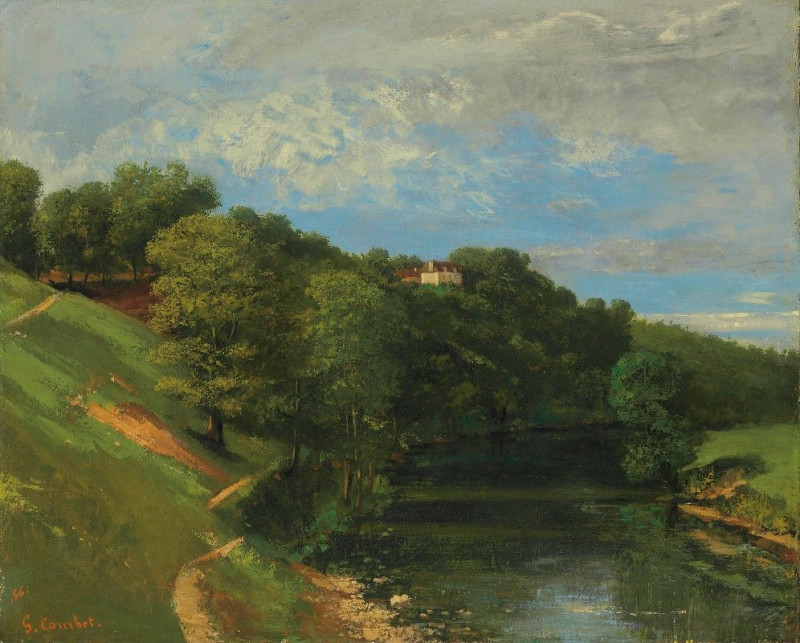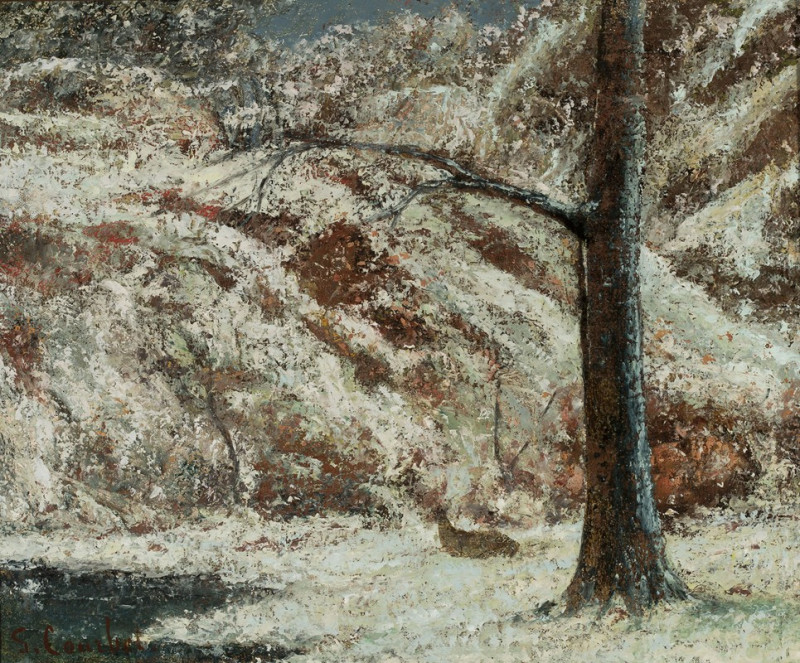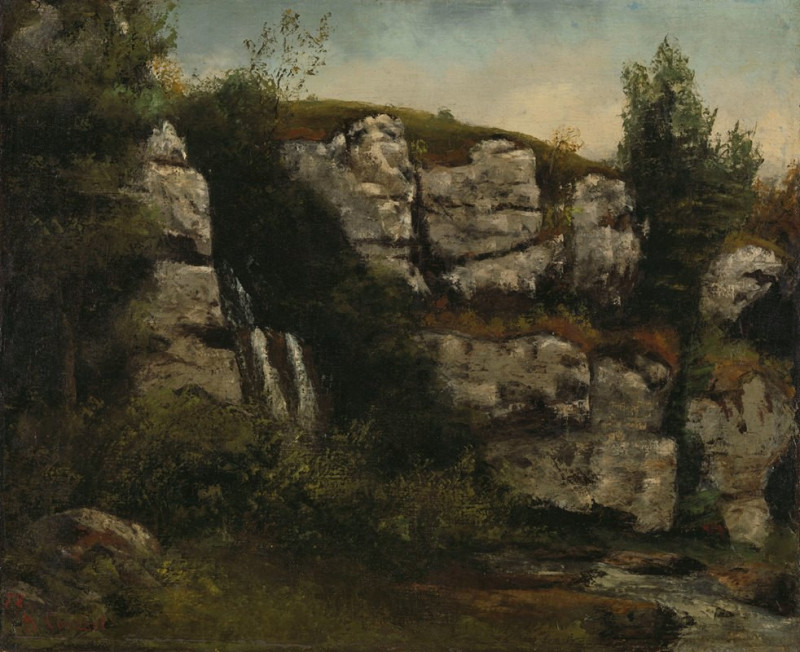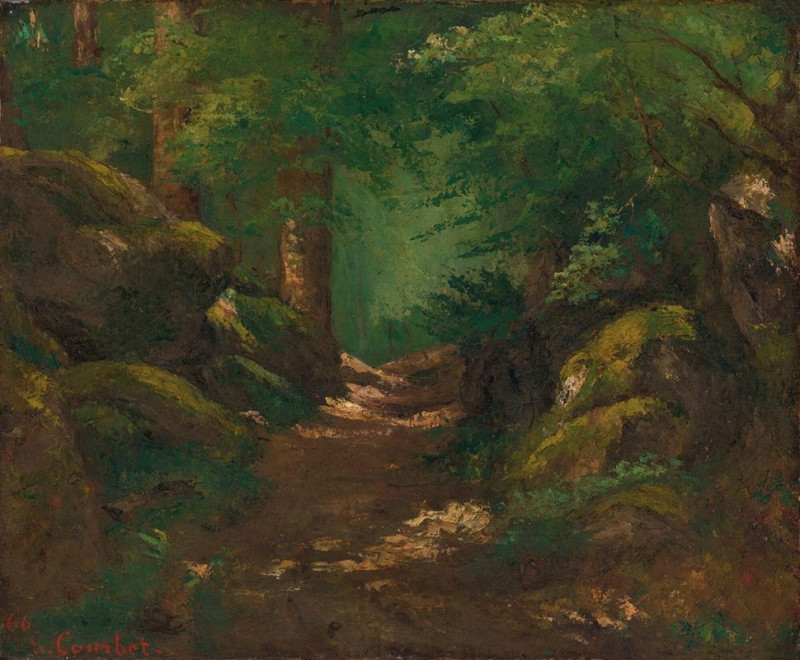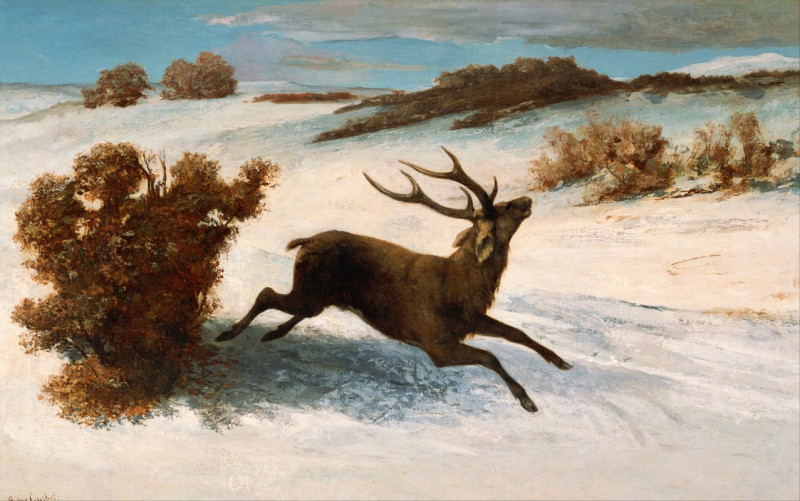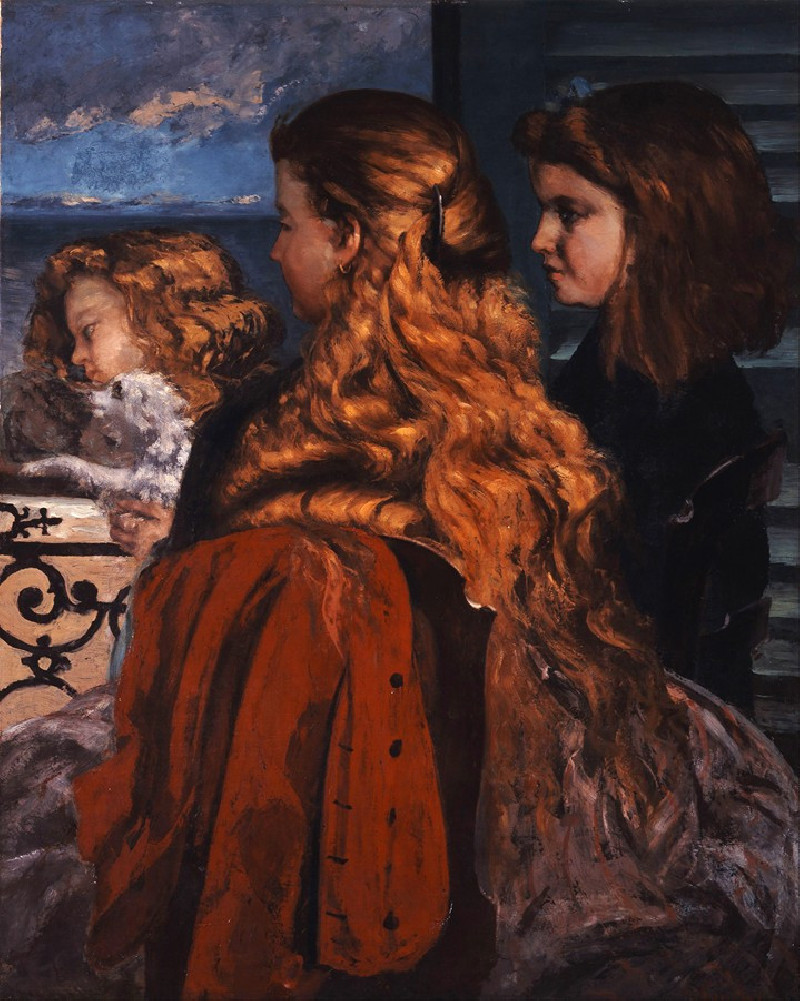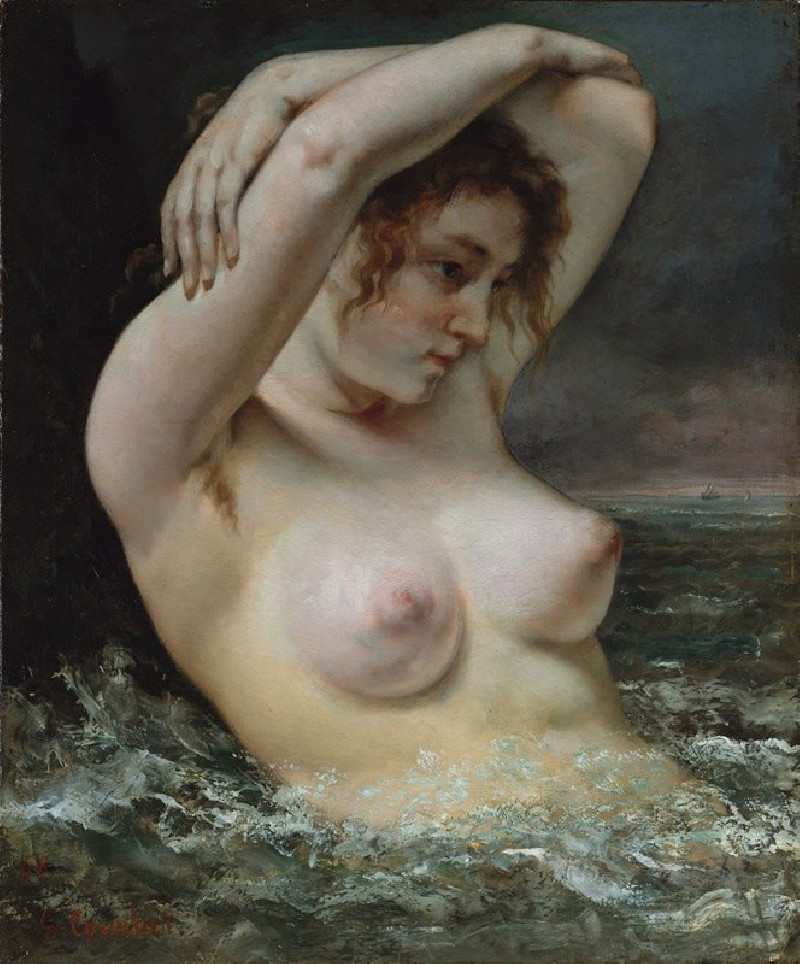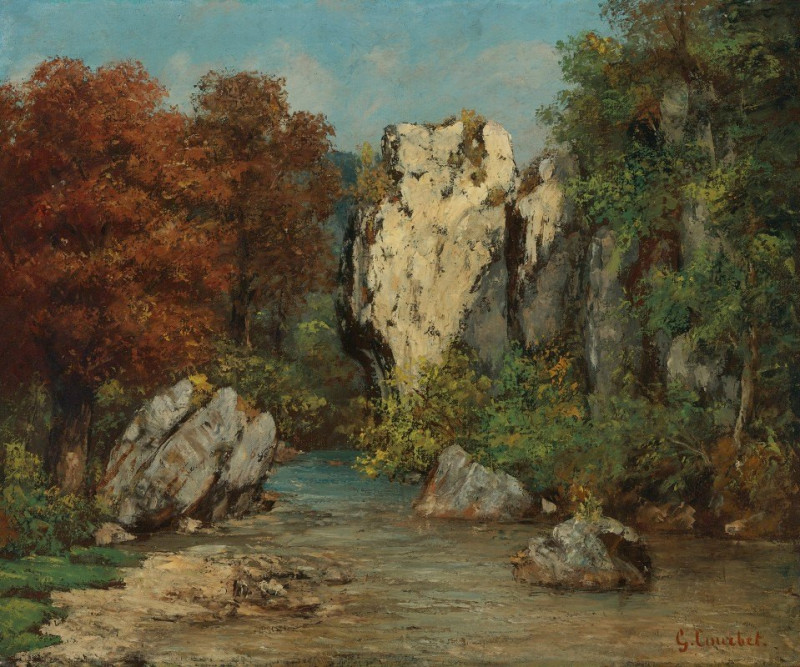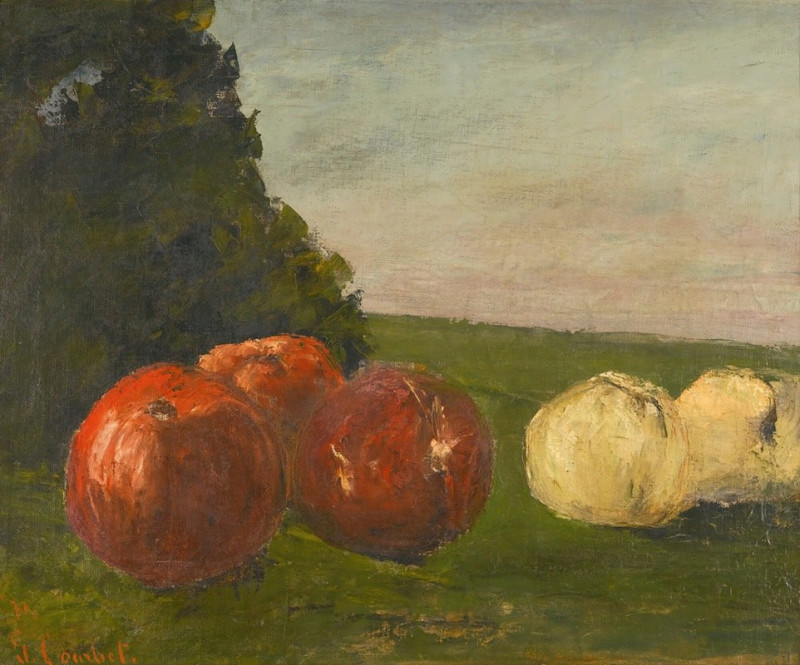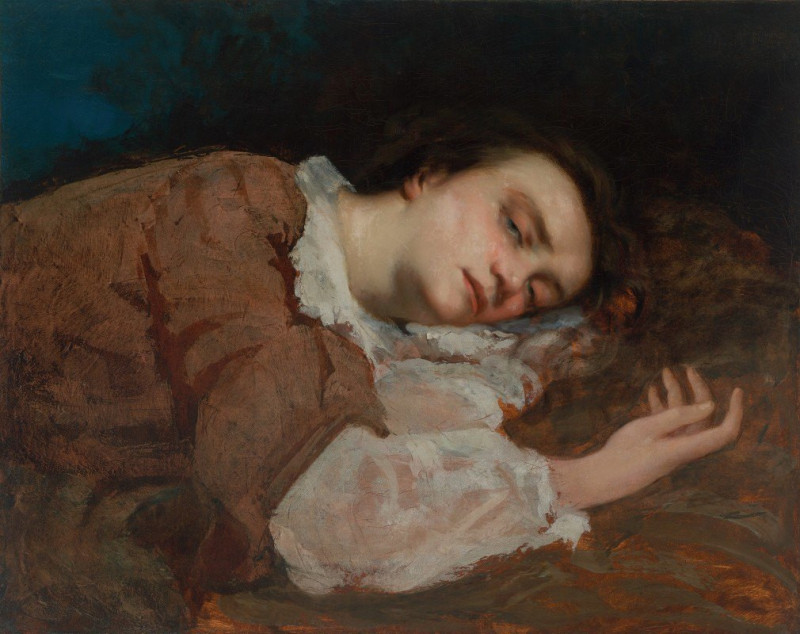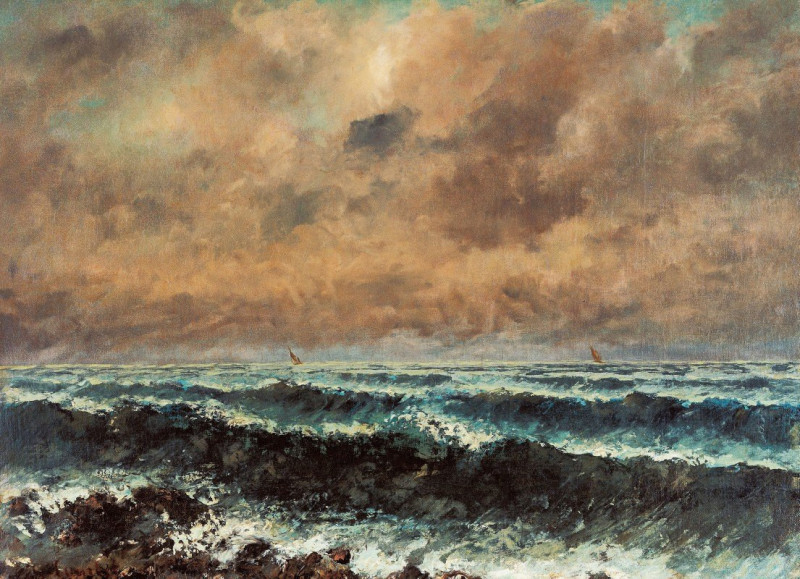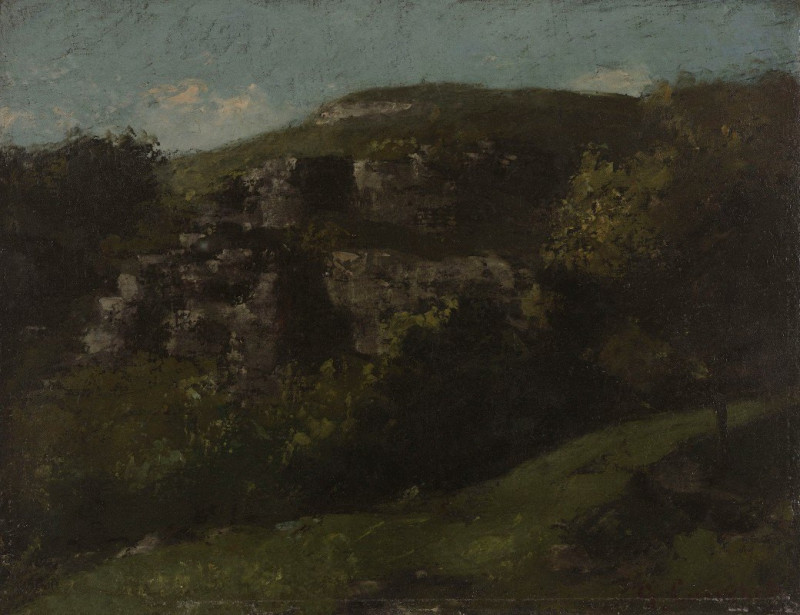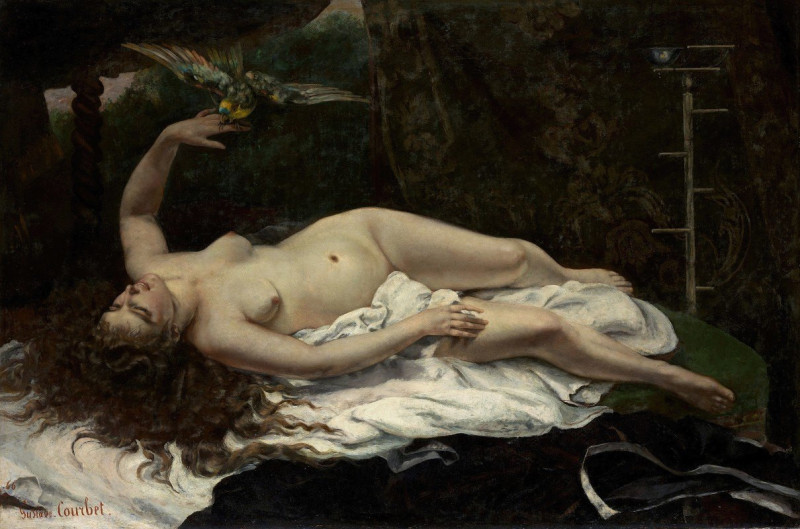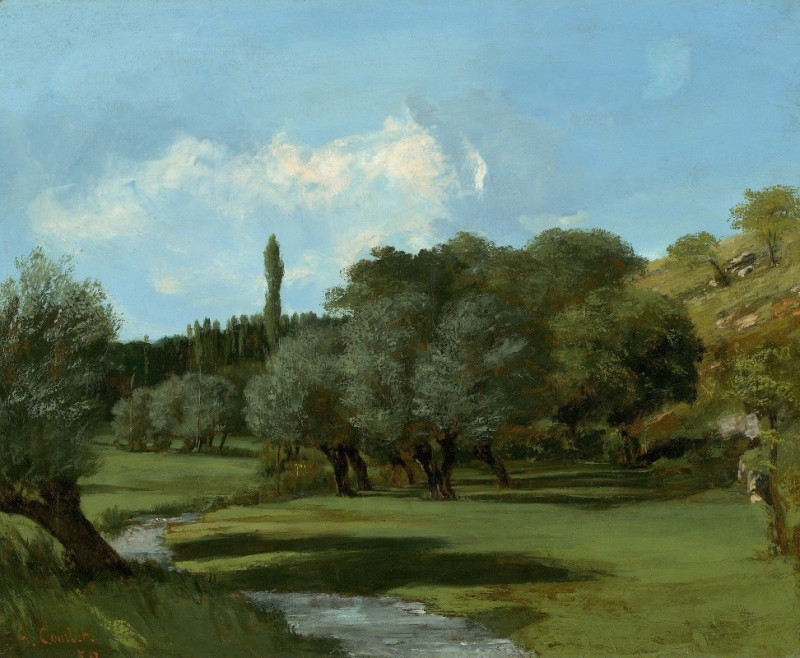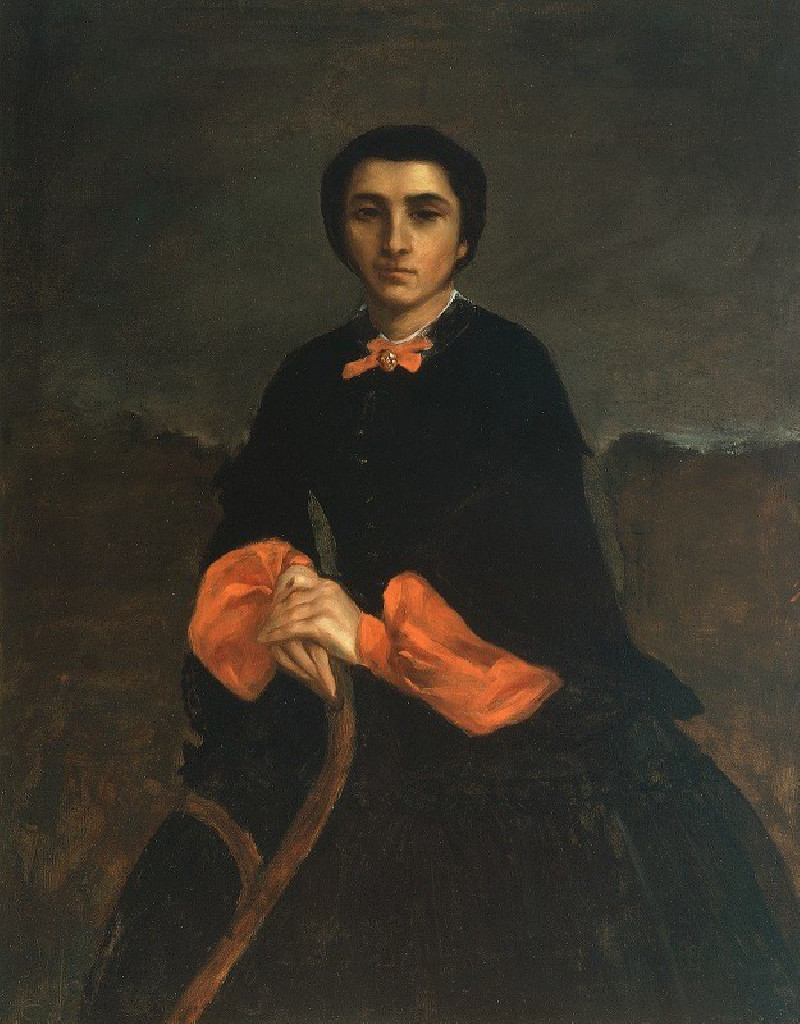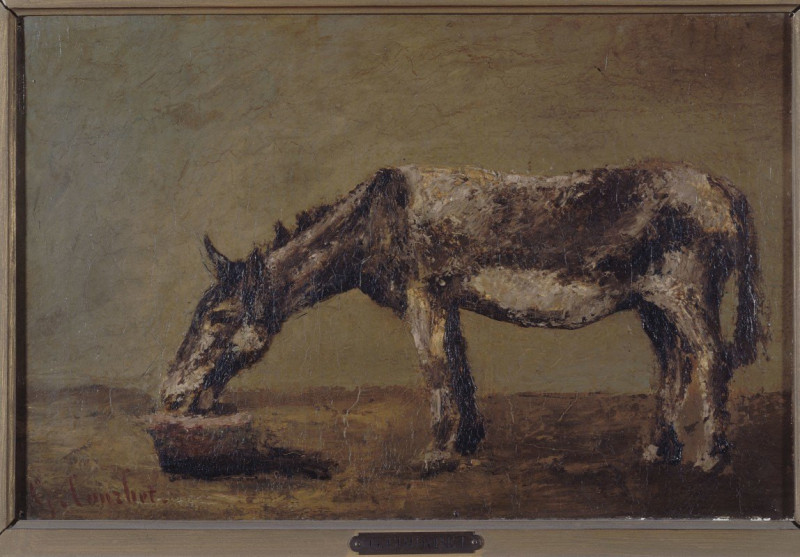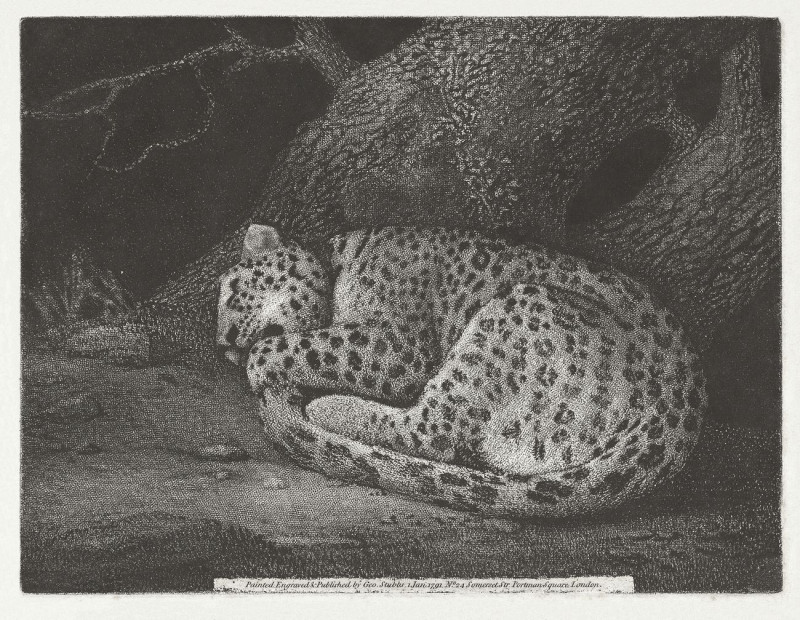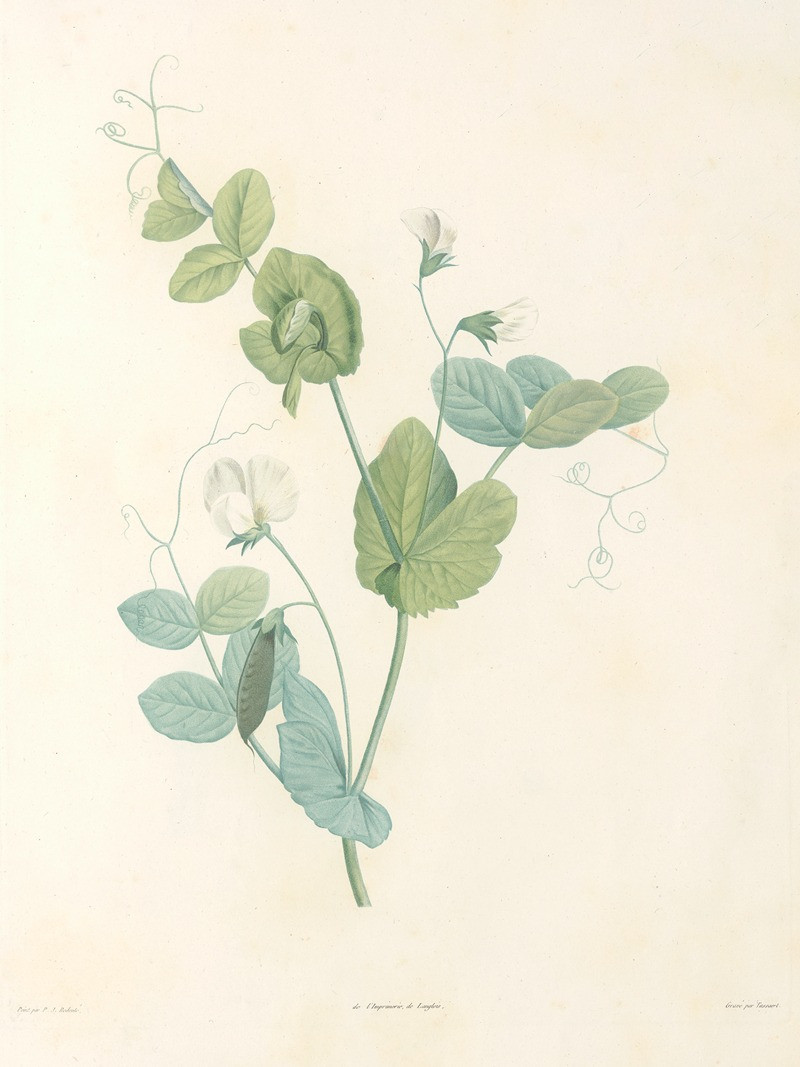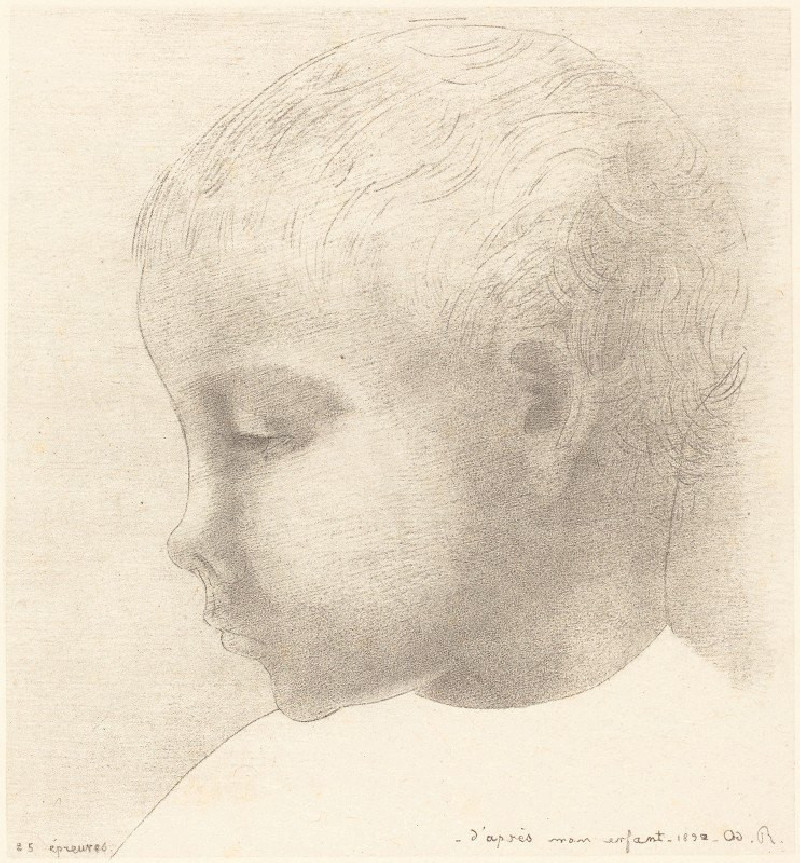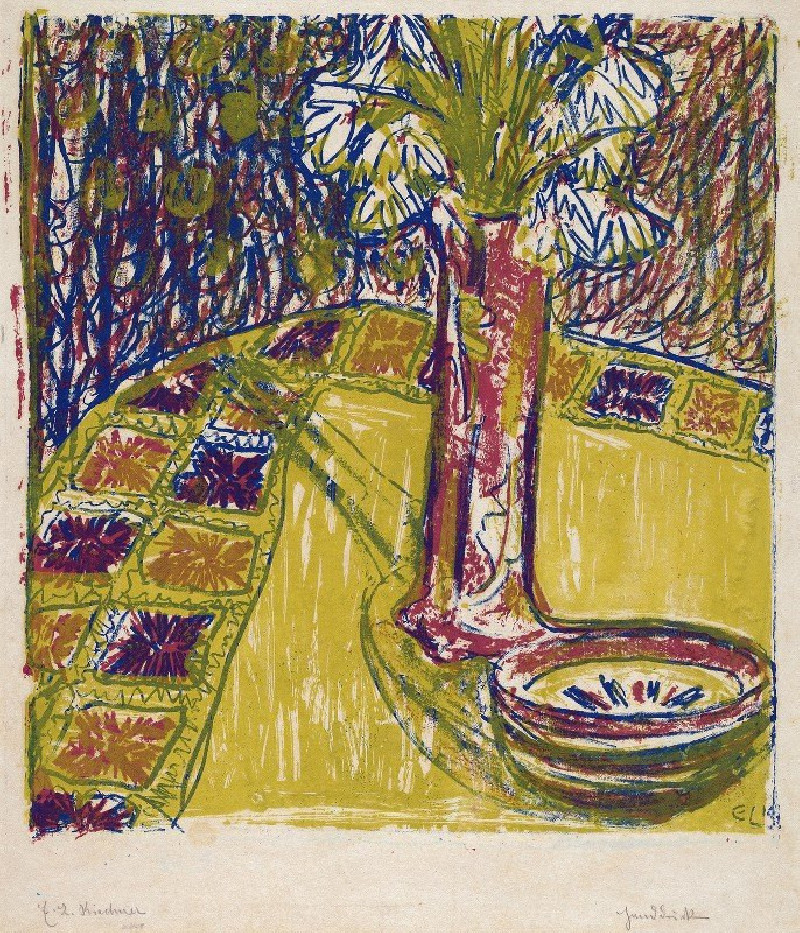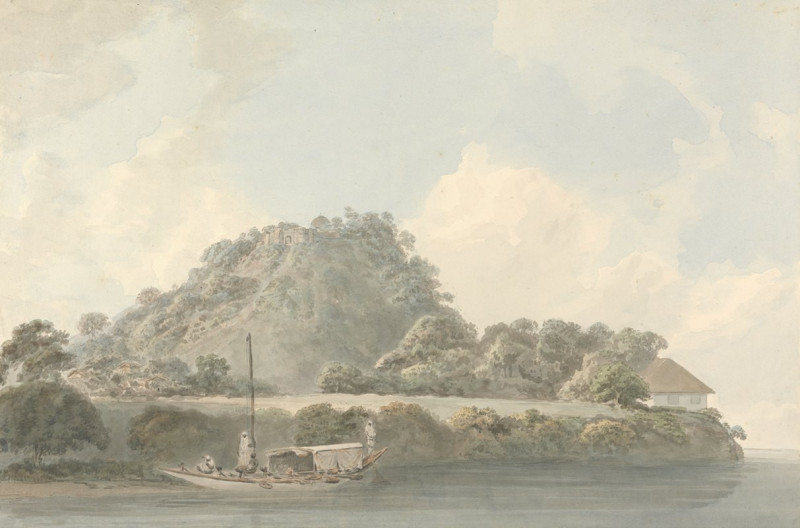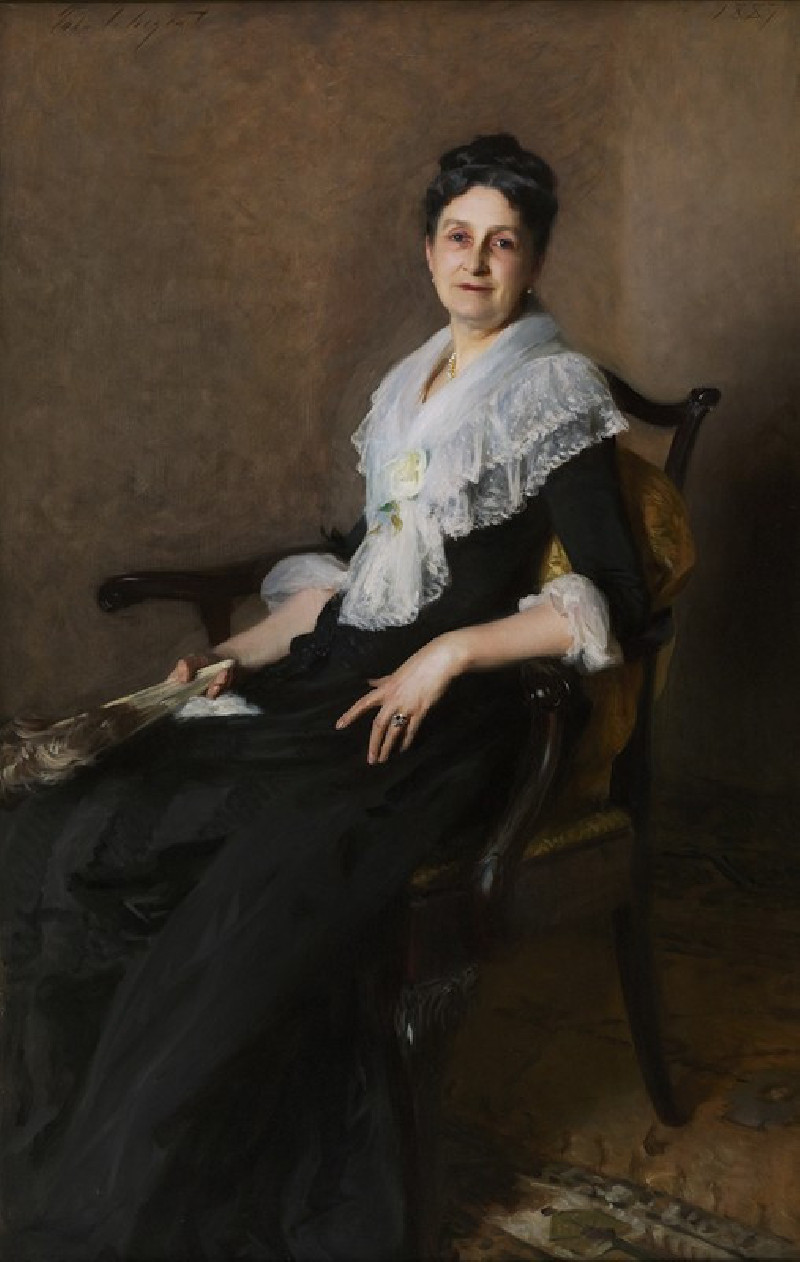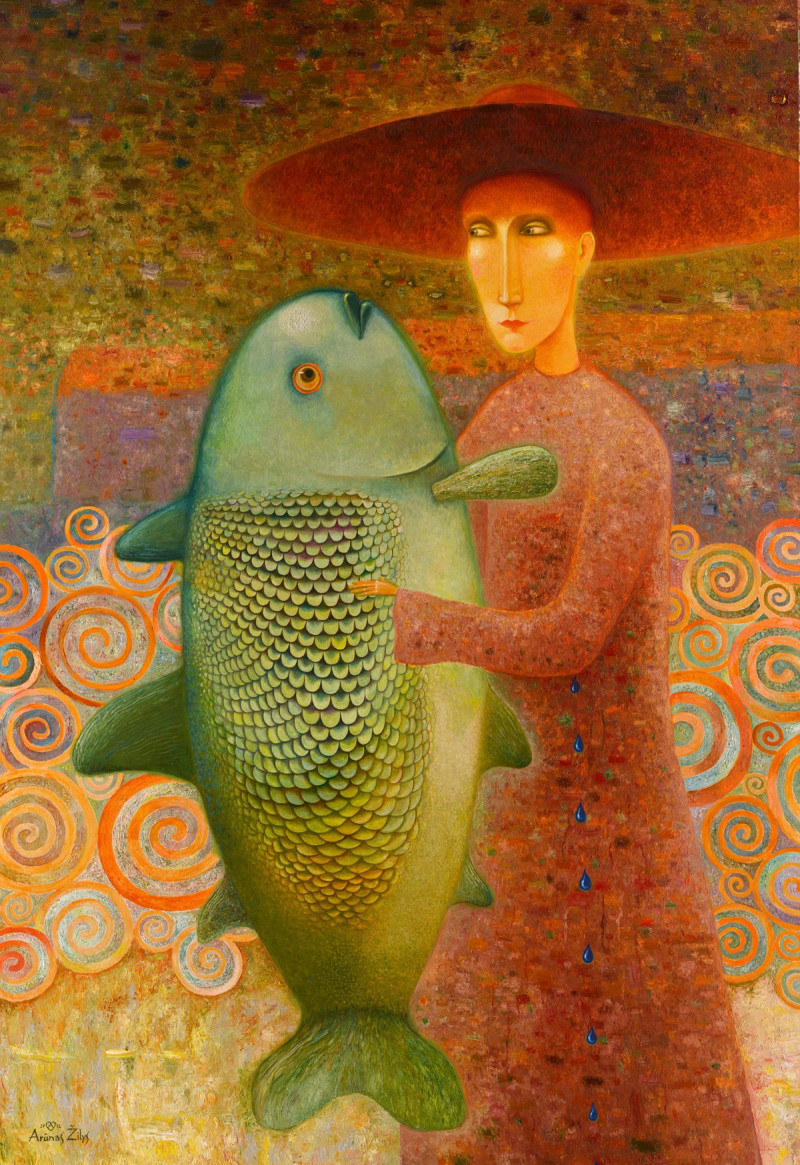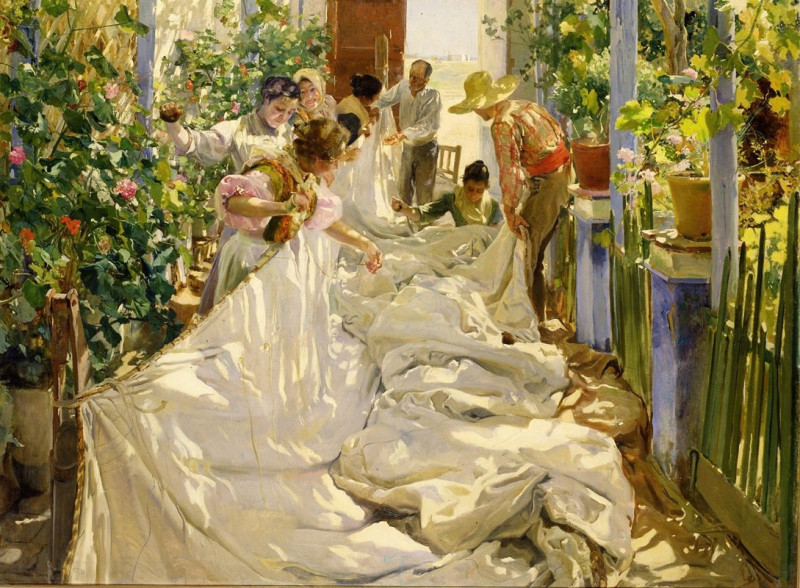The Edge of the Pool (Au Bord de lEtang)
Technique: Giclée quality print
Recommended by our customers
More about this artwork
Gustave Courbet's painting "The Edge of the Pool" (Au Bord de l'Etang) captures a serene and almost intimate encounter with nature, rendered with the artist's characteristic realism and profound sense of detail. The painting presents a verdant scene where lush, overhanging trees and dense foliage frame a tranquil body of water. On the left, under the protective shade of the trees, two figures, possibly women, stand near an old rustic wall that is partly obscured by the vibrant greenery. To the right, a small wooden boat occupies the foreground; in it, a solitary figure engages in a moment of quiet activity, likely fishing or simply enjoying the stillness of the water. The background softly merges into a delicate sky, suggesting the quiet early hours of the day. Courbet’s masterful use of light and shadow, along with his textured brushstrokes, vividly conveys the atmosphere of an idyllic, secluded spot, perfect for reflection and respite from the bustling world.
Delivery
Returns
Jean Désiré Gustave Courbet (10 June 1819 – 31 December 1877) was a French painter who led the Realism movement in 19th-century French painting. Committed to painting only what he could see, he rejected academic convention and the Romanticism of the previous generation of visual artists. His independence set an example that was important to later artists, such as the Impressionists and the Cubists. Courbet occupies an important place in 19th-century French painting as an innovator and as an artist willing to make bold social statements through his work.

